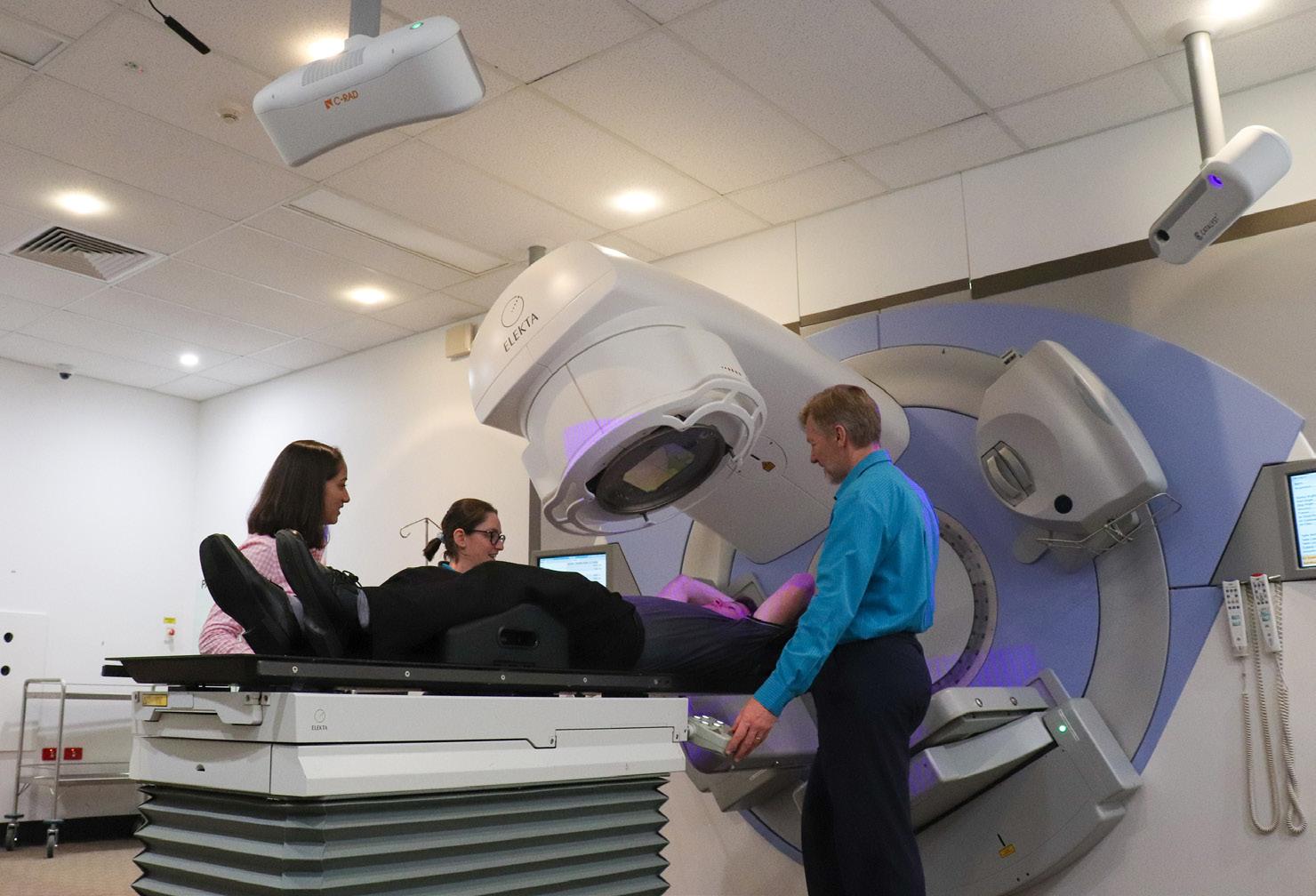Rising vaccine hesitancy needs urgent addressing by Alannah Mann,
Northern Rivers pharmacist With the rollout of COVID-19 vaccines commencing over the next few months in Australia, addressing vaccine hesitancy will prove challenging for all health care workers. Achieving an adequate level of herd immunity and protecting those most vulnerable in the community depends not only on adequate COVID-19 vaccine supplies, but on a high level of vaccine support and uptake. In comparison to other countries such as the USA and France, Australia is considered to have a low level of COVID-19 vaccination refusal(1). In June 2020, an online survey of nearly 5000 Australians aged 18 years and over found that 4.9% would not get the COVID-19 vaccine, 9% reported an indifference to a COVID-19 vaccine and 86% said they would get a vaccine if it became available. This survey was conducted during April 2020, when Australians were in the midst of lockdowns and the fear of serious COVID-19 outbreaks and disease was high amongst community members(2). A few months later, another online survey of Australian parents (n=2018) during June 2020 showed that 75% of respondents said they would be vaccinated against COVID-19, 17%
were unsure and 8% were unwilling to get COVID-19 vaccinations(1). Thus, vaccines hesitancy increased by approximately 10% during the period from April 2020 to June 2020 and this may be partially explained by the relaxation of lockdowns and the perceived lower risk of COVID-19 disease amongst the community. Of those parents who were unsure or unwilling to accept the COVID-19 vaccine, 83% were concerned about vaccine efficacy and safety and 27% believed that vaccination against COVID-19 was unnecessary(1). Research by Dror et al suggests that most safety concerns are around quality control, particularly associated with the speed of development, as well as side effects(3). These surveys showed that patients were more likely to display vaccine hesitancy if they had lower levels of education, had poor health literacy, and were younger than sixty years of age(1, 2). Other research suggests that COVID-19 vaccine hesitancy is more likely amongst females, those with populist views, those who felt that COVID-19 was overstated and those who are highly religious(4). Vaccine hesitancy has been also observed amongst many health professionals, though it is less frequently observed when healthcare workers have been involved in the care of patients with COVID-19(3). Both health care workers and community members have expressed even greater
vaccine hesitancy regarding vaccination of children(3). Perhaps unsurprisingly, annual influenza vaccination is a strong predictor of acceptance of a COVID-19 vaccine(3). Effectively communicating and building trust with our patients is vital to reducing vaccine hesitancy. All health care workers should ensure they are adequately educated and able to provide support regarding COVID-19 vaccines. This is crucial so that healthcare workers are confident about these vaccines and are able to adequately address vaccine concerns(5). Additionally, early public health education campaigns are an important part of the approach to reducing vaccine hesitancy as they may reduce COVID-19 vaccine fear(3). This public health information should be appropriate for people from diverse cultural and linguistic backgrounds, Indigenous populations, and those from a low health literacy or education population(5). Other effective ways to reduce vaccine hesitancy include messaging delivered by trusted members of the community, such as community or religious leaders(4). We must all play our part in educating and informing the general public, aiming to minimise vaccine hesitancy wherever possible.
References on website
Allied Health on the North Coast sufficient people with capacity to pay. They do far less well in regional and rural areas, such as parts of the North Coast, where establishing and maintaining a viable health business becomes progressively more challenging, until we get to remote areas where allied health businesses are virtually non-existent, and allied health services essentially unavailable.
Health Officer in the Health Department (albeit part-time), the Commonwealth must reconsider its view of allied health within the broader health system, and accordingly set up structures to ensure Australians get the services they need to maintain their health and keep them out of hospital.
Despite recent positive developments with the appointment of the National Rural Health Commissioner, his report on the Rural Allied Health Workforce, and the creation of the Chief Allied
Conclusion
34 | NorDocs
There are great opportunities to build stronger relationships between our professions in this region. AHPs
understand the importance and enormous benefits for themselves and for patient care that could accrue from enhanced multi-disciplinary practice, particularly with reference to people with complex or chronic conditions. To a significant extent, both of our professions are being held back by policy and systems that have been beyond our control, and by historical precedent, which gets in the way of genuine efforts at integrated care and patient-centred approaches. But there are exciting possibilities for us to explore in our local region.






















